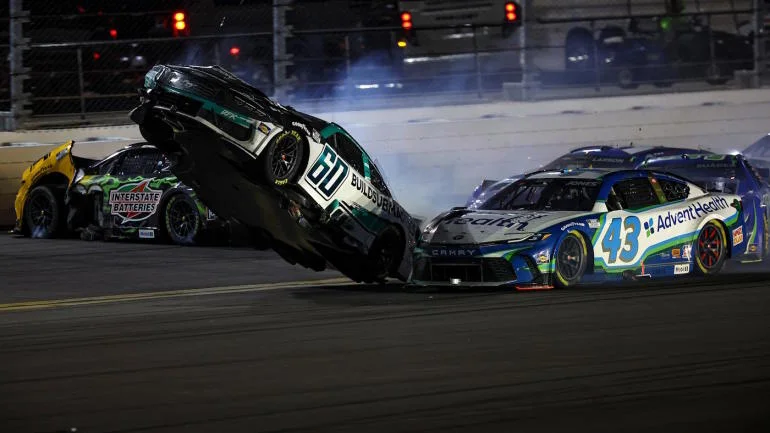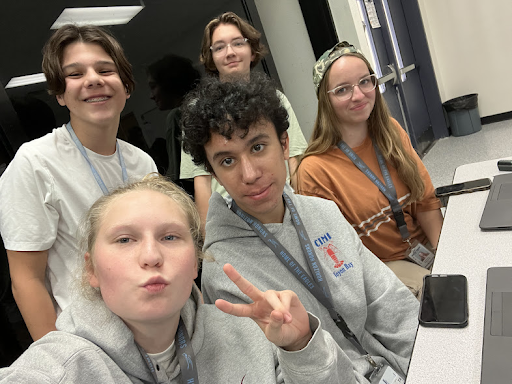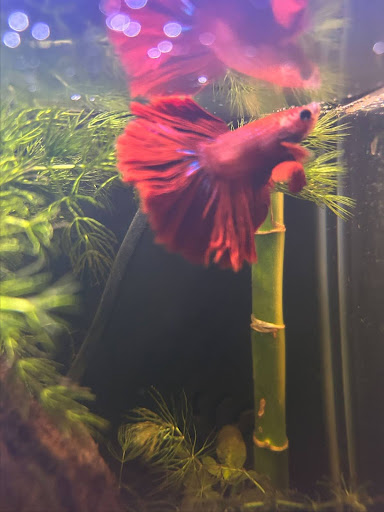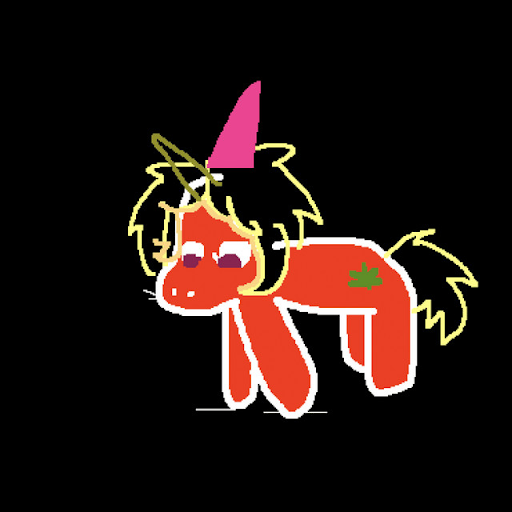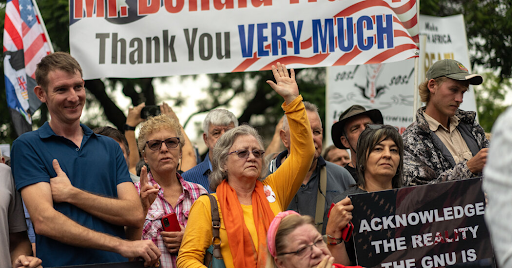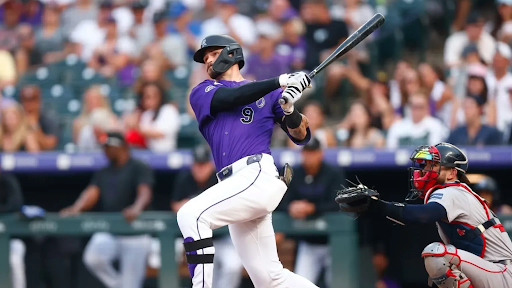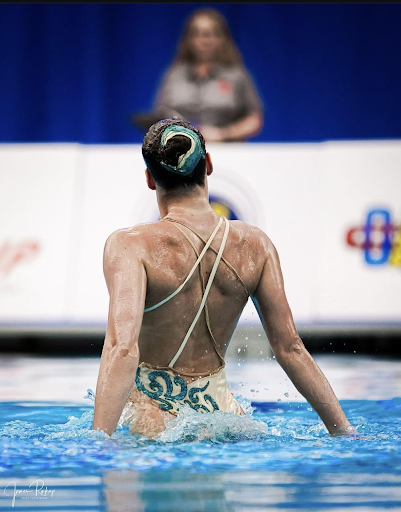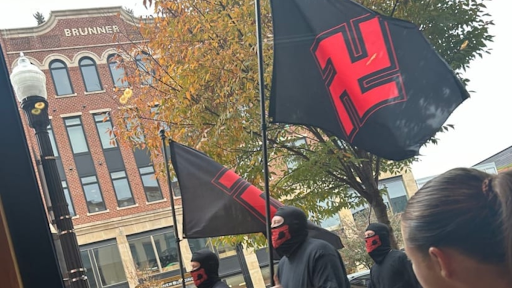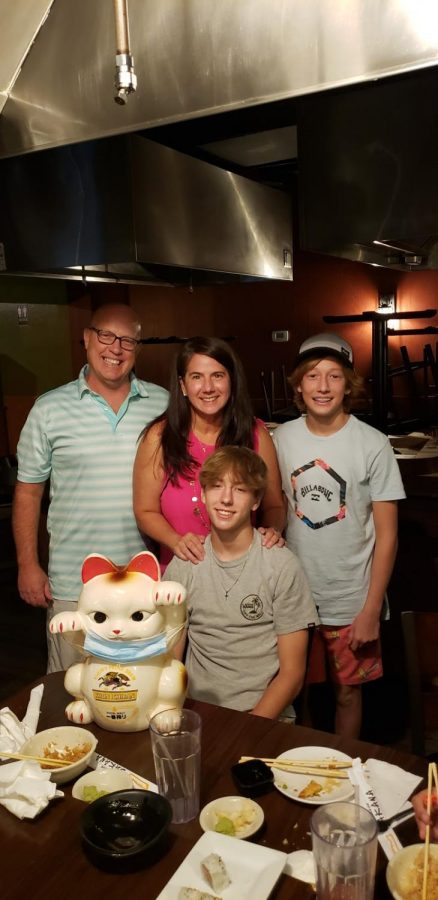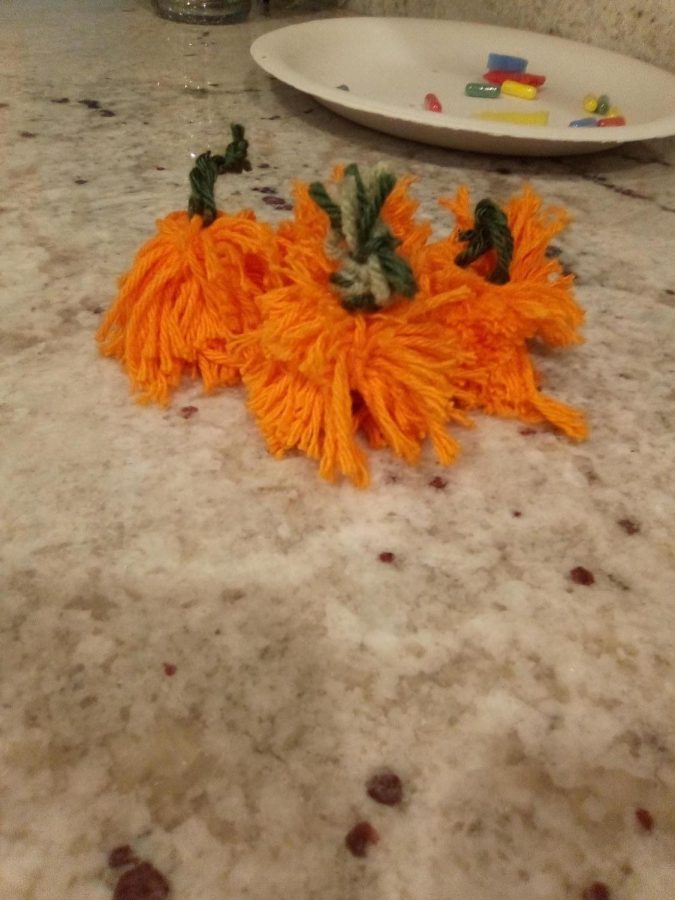On lap 196 of the 2025 Daytona 500, driver Ryan Preece’s front wheels got air after coming in contact with another car. The vehicle gained lift, pulling the rear wheels off the ground. The number 60 Ford Mustang looked as if it were in a wheelie, with all four tires off the ground, almost as if it was floating in the air. After being airborne for a few seconds, the car rolled over into a flip. The car rolled once before making heavy contact with the outside wall. Preece was relatively unharmed, but it brought up concerns after the continued dangers of Nascar’s new generation car. It’s common knowledge that motorsport is one of the most dangerous forms of sport. Drivers put their lives on the line every week, piloting vehicles that can reach speeds of over 200 miles per hour, all for the entertainment of the fans. When drivers reach these speeds, it is important that driver safety is kept a priority. Nascar’s new “Next Gen” car, or generation seven car, featured changes that were made to revolutionize the sport for the future, making the racing more enjoyable for the fans. These changes, however, have led to a higher consistency of driver injuries and unfathomable crashes.
When Nascar revealed the Next Gen car in 2021, they made sure to put an emphasis on driver safety. According to PMW Magazine, Nascar put over 15 years of safety research into the Next Gen when designing it. The sanctioning body used a combination of simulations and real-world tests to ensure the safety of the gen seven car. The main features that hoped to make the Next Gen safer than previous generations of car was the strength of the body and chassis. The car features a composite steel body, foam enforced front and rear bumpers, and a redesigned front and rear clip. The term clip refers to the sub-section of the chassis in between the center section of the car and the bumper. Nascar also added an underbody and rear diffuser to better aerodynamics under the car, something that hasn’t been seen on any generation before.
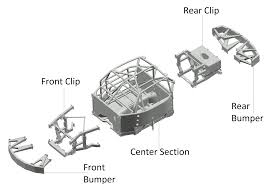
Sports Business Journal stated that Nascar was very public in letting fans and drivers alike know that the Next Gen would be the safest generation car to date. However, these claims were quickly disproven. On July 23, 2022, Nascar Cup Series champion Kurt Busch was qualifying for the M&M’s Fan Appreciation 400 at Pocono Raceway when he spun exiting the final corner. He made minor contact with the outside wall. Fox Sports wrote that the 44-year-old wasn’t cleared to race that weekend. Busch had suffered a concussion that didn’t just end his race weekend or his season, but his whole career. It was later determined that the car didn’t absorb the energy by crumpling, allowing the energy from the impact to make its way to the driver.
Later in the 2022 season, another driver suffered a concussion in similar fashion. According to the Associated Press, Alex Bowman spun out on lap 98 of the 2022 Autotrader EchoPark Automotive 500 at Texas Motor Speedway. Bowman made minor contact with the outside wall before bringing his car down pit road. In-car cameras showed that Boman was experiencing severe discomfort, but he pushed on. Over the radio, Boman stated that the incident was the hardest hit he had experienced in his racing career. He finished the race in 29th. Later, it was revealed that his spin caused a concussion that would take him out for five races. Bowman was in the playoffs when his concussion was announced. He was eliminated after not making the next race ruining his season. It was again determined that his crash was a result of too much energy from the incident reaching the driver.
Nascar was quick to take action following Bowman’s accident at Texas Motor Speedway. On Oct. 8, 2022, Nascar presented teams and drivers with the changes they planned, and eventually implemented into the Cup series. According to Road and Track, Nascar’s main goal was to create a better crumple zone in the rear of the vehicle to absorb more of the impact from crashes, protecting drivers from head injuries. Changes were made to the rear bumper, rear clip, and parts of the center section. The rear bumper stratus, which are support pieces holding the rear bumper beam to the rear clip, were made slightly thinner to allow for better crumpling. The rear clip saw the removal of 2 support bars, and a redesign of connecting rails, lowering the stiffness of the rear clip. Finally, Nascar fixed a high level of stiffness in the center section by removing 2 connecting bars between the center section and the rear clip, as well as adjusting the thickness of another pair of connecting bars. These changes have proved successful, with there being no head injuries in the Cup series, as of February 2025.
Another issue caught the fans’ eyes during the 2024 Nascar season, this time involving the vehicles flying through the air at high speed tracks. Frontstretch wrote that since the introduction of the Next Gen car, there have been seven flips. Five of which came from the vehicle blowing over. In Nascar, a blowover is when a car flips due to air getting under the car, causing lift, flipping the car up and over. Blowovers were a large issue in the 1990s, prompting Nascar to introduce an innovation called the roof and hood flaps, intended to keep the vehicles on the ground.
Daily Downforce explains that roof and hood flaps keep the vehicles on the ground by redirecting the flow of air to push the car down. The flaps form a parachute, moving air down while the car is sideways to create downforce, countering the lift from the air getting stuck under the vehicle. The flaps were introduced in 1994, and have helped keep drivers and fans alike safe. However, changes with the Next Gen car have caused cars to get airborne more frequently. The newly introduced underbody and diffuser have acted like airplane wings, allowing more air to get under the car and stay there than in previous generations. The gen seven car’s roof flaps aren’t able to keep the car down when there’s so much pressure under the car, causing the rise in flips.
After driver Corey Lajoie flipped at the Michigan International Speedway in August 2024, Nascar started looking for a blowover solution. The sanctioning body eventually came up with a plan to add a right side wind deflector to the rear windshield of all vehicles before the next race at Daytona International Speedway. Nascar stated that the goal of the deflector was to increase the speed needed for the vehicles to get air. Unfortunately, the deflector didn’t work as intended, with two cars suffering a blowover, resulting in the number four car of Josh Berry flipping, and the 34 of Michael McDowell going on his side before landing back on his wheels. The issues continued into 2025, with the previously mentioned Ryan Preese suffering his second roll-over crash at Daytona in the 2025 Daytona 500. Nascar continues to search for solutions, but as it stands, there is still a high risk for cars flipping.
For a sport as dangerous as Nascar is, it is important that driver safety is a key priority. When safety is compromised, the lives of both drivers and fans are on the line. After his crash at the Daytona 500, Preece told the Associated Press that, “I don’t want to be the example. When it [death] finally does get somebody, I don’t want it to be me”. Nascar needs to take these words to heart and make real changes before tragedy strikes.


